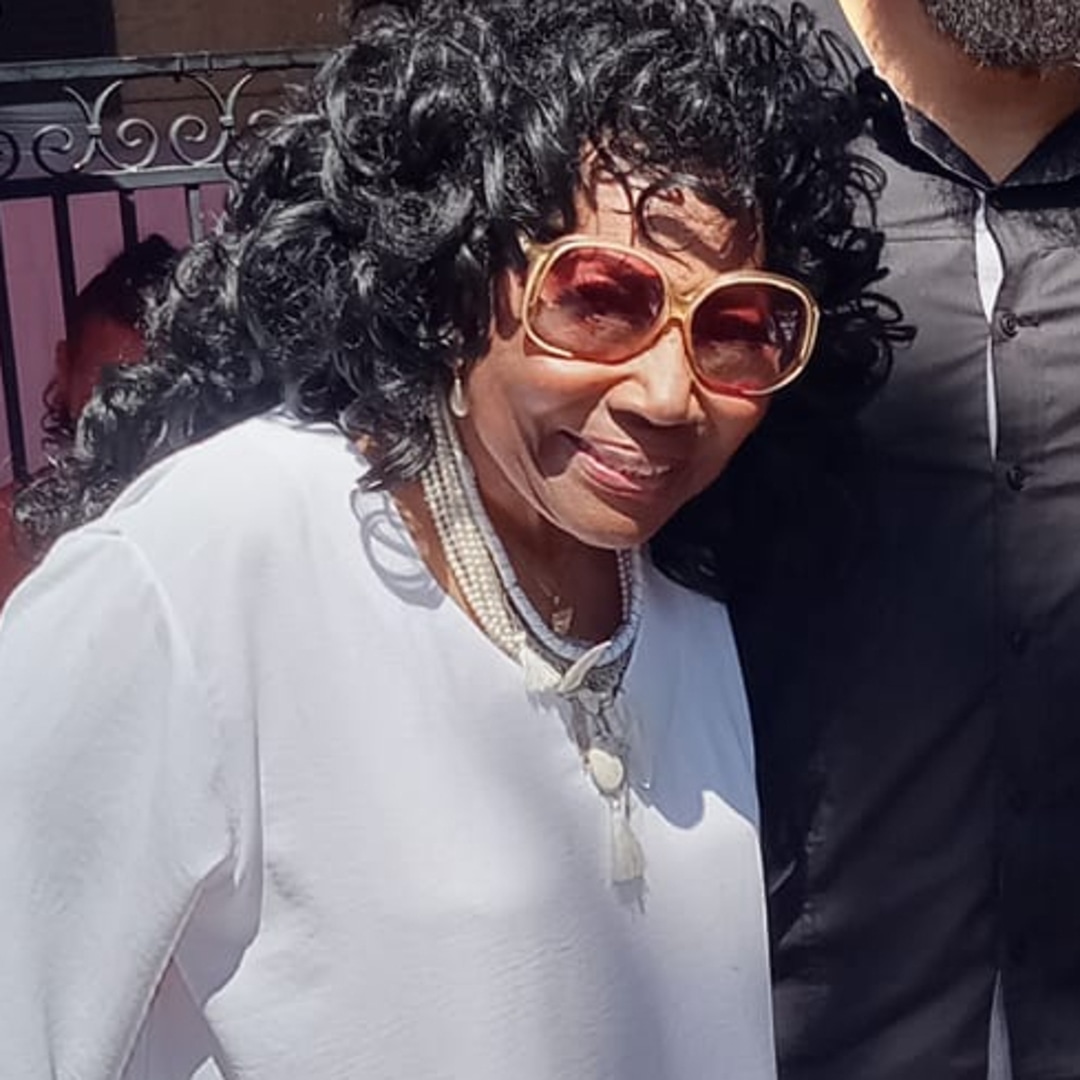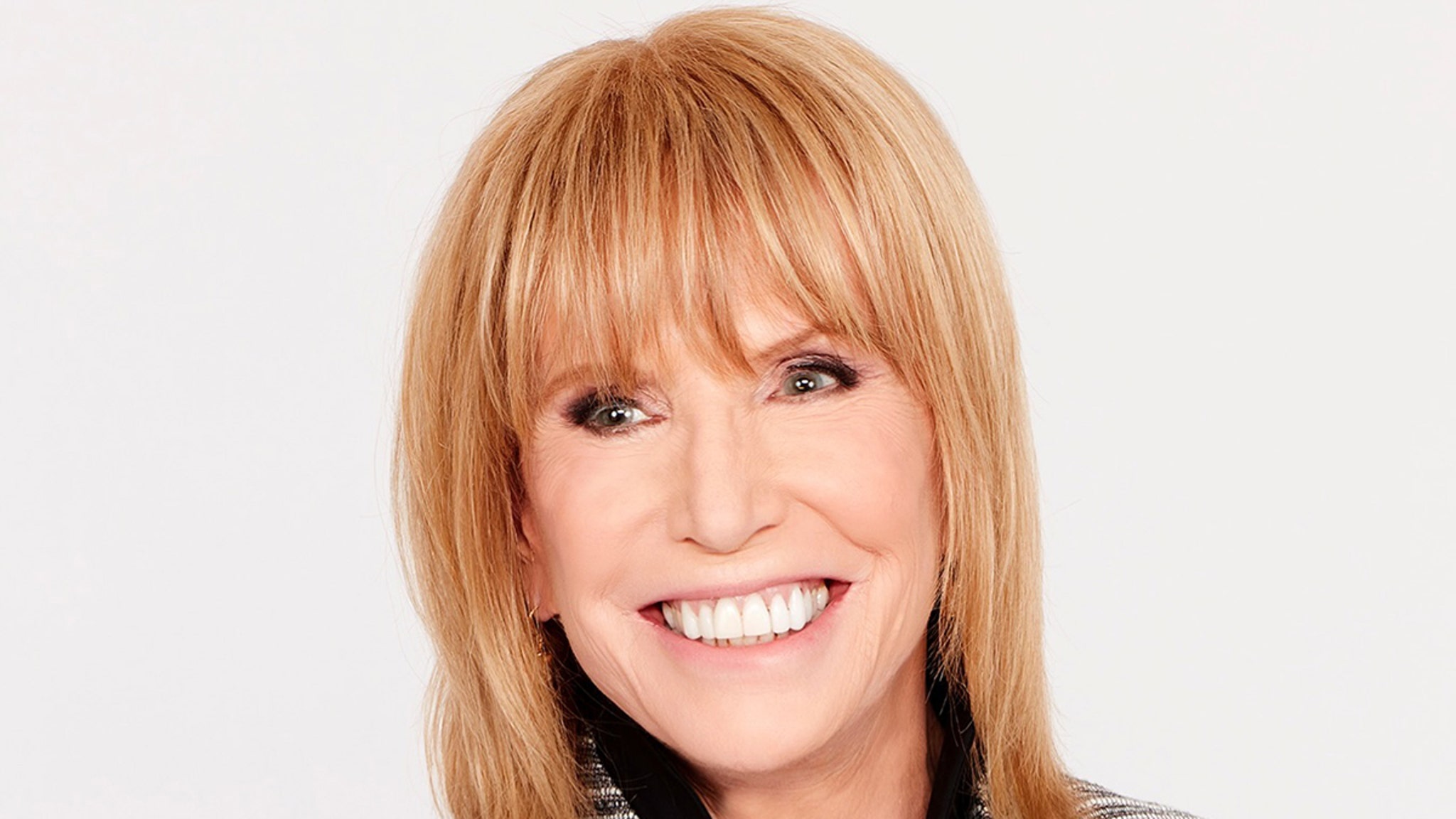As the minimum wage is set to climb again, small business and labor groups continue to clash on the issue.
The minimum wage will increase on Jan. 1 to $16.50 an hour on Long Island, New York City and Westchester County, while the minimum wage for the rest of New York State rises to $15.50 an hour at the same time.
John Durso, president of Local 338 RWDSU/UFCW, which represents over 13,000 workers in grocery and food retail, drug stores, retail pharmacy chains, healthcare and human services, cannabis and others, said it’s crucial to raise the minimum wage on a regular basis to match inflation so people don’t fall behind.
“Times are tough and increasing the minimum wage will mean a great deal,” said Durso, who also serves as president of the Long Island Federation of Labor, AFL-CIO, representing 250,000 union members in Nassau and Suffolk counties. “And that money is being reinvested in the community, so when folks talk about raising minimum wage will cost more money, that money comes back into the community. It’s a tremendous help for working families and working people. It’s great for the economy, it’s great for families, so we’re thrilled about it.”
But for many Long Island small business owners, the minimum wage increase only exacerbates an already challenging economic climate.
Francesca Carlow, past president and current legislative liaison for the Nassau Council of Chambers of Commerce, said the rising minimum wage is a painful reality.
“We’re always out taxed from the rest of the state and our expenses are more down here as well. It’s going to be painful,” Carlow told LIBN. “It will be very challenging for small businesses to constantly be increasing. It’s not only the increase for that, but then it goes to your workman’s comp, insurance, it increases other things multifold.”
The minimum wage increase was part of Gov. Kathy Hochul’s Fiscal Year 2024 budget, which brought the minimum wage to $16 an hour on Long Island, New York City and Westchester County and $15 an hour for the rest of the state at the beginning of this year.
In 2026, the minimum wage will rise another $.50 before it becomes indexed to annually increase by the three-year moving average of the Consumer Price Index for Urban Wage Earners and Clerical Workers (CPI-W) for the Northeast Region.
Besides New York State, 20 other states will raise their minimum wage on New Year’s Day and two additional states and the District of Columbia have increases scheduled later in the year. Currently, Washington D.C. has the highest minimum wage in the country at $17.50, followed by Washington State at $16.28, with California, Long Island, New York City and Westchester County at $16.
Meanwhile, the federal minimum wage has been stuck for more than 15 years at $7.25 an hour since July 24, 2009—the longest period in history without a raise. The federal minimum wage has eroded greatly since it peaked in purchasing power in 1968, when the minimum wage was worth $14.76 in 2024 dollars, according to the U.S. Bureau of Labor Statistics Inflation Calculator.
“People are struggling,” Durso said. “The rich are doing very well and if we can ever get a Congress that will reinstate the SALT deduction, that will be a tremendous boon for Long Island as well. Young people are having a tough time buying homes and the minimum wage affects everyone else as they move up and continue to move up, so it’s a big, big help. I think it’s a win for Long Island, I think it’s a win for our economy, I think it’s a win for families.”
However, Carlow maintains the minimum wage increase is an added burden for small business owners.
“It’s another nail in the coffin, because retailing is extremely challenging along with maintaining a staff,” she said. “You’re not going to hire part-timers at $16.50 an hour when your full-timers are making even $20, they’re going to want an increase. It goes across the board.”


























![Rams/Vikings Game Kicks Off With Rachel Platten’s ‘Fight Song’ [VIDEO] Rams/Vikings Game Kicks Off With Rachel Platten’s ‘Fight Song’ [VIDEO]](https://tvline.com/wp-content/uploads/2025/01/rachel-platten-fight-song-video.jpg?w=650)
































![Iggy Azalea – Money Come [Official Music Video] Iggy Azalea – Money Come [Official Music Video]](https://i.ytimg.com/vi/7t5V5ygeqLY/maxresdefault.jpg)






![“Party Royale” Mobile Game ‘Squid Game: Unleashed’ Available for Free on December 17 [Trailer] “Party Royale” Mobile Game ‘Squid Game: Unleashed’ Available for Free on December 17 [Trailer]](https://i0.wp.com/bloody-disgusting.com/wp-content/uploads/2024/12/squidgame.jpg?resize=900%2C580&ssl=1)





![‘Survivor 47’ Finale Recap Part 2, [Spoiler] Wins ‘Survivor 47’ Finale Recap Part 2, [Spoiler] Wins](https://tvline.com/wp-content/uploads/2024/12/survivor-finale-part-2-cbs.jpg?w=650)






